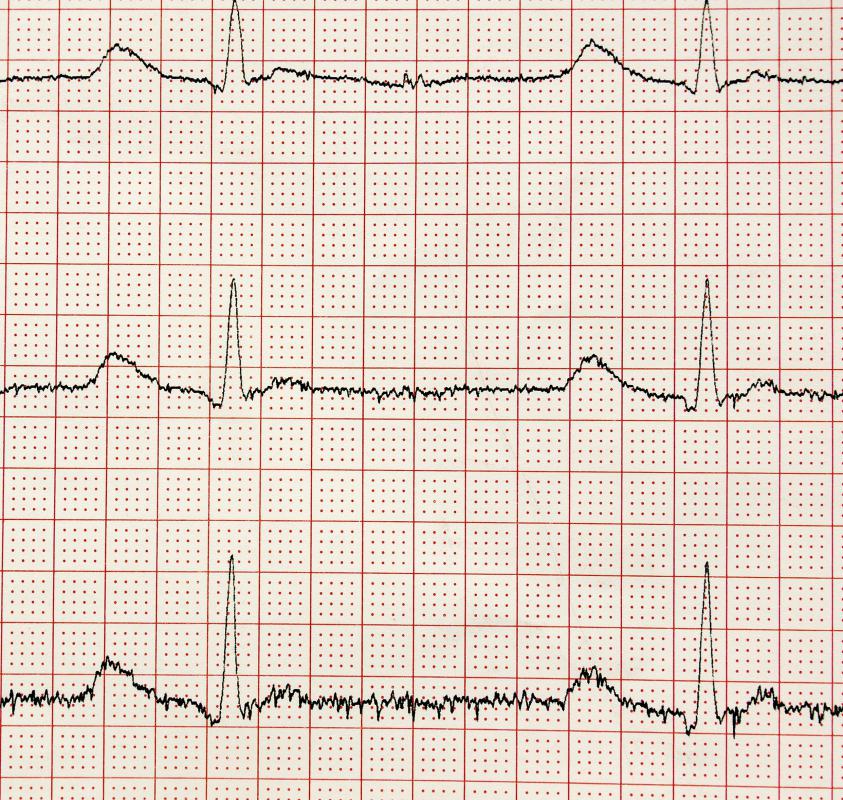At WiseGEEK, we're committed to delivering accurate, trustworthy information. Our expert-authored content is rigorously fact-checked and sourced from credible authorities. Discover how we uphold the highest standards in providing you with reliable knowledge.
How Do I Become a Neurodiagnostic Technologist?
To have a career studying electrical and neurological anomalies of the brain as a neurodiagnostic technologist, earn an associate’s degree or post-graduate certificate in neurodiagnostic technology or clinical neurophysiology technology. After earning such credentials, a graduate wanting to become a neurodiagnostic technologist can gain competitive leverage in the job market by taking an optional exam given by a national accredited board. Local licensure is generally not required.
The associate degree career track serves aspiring technologists without any prior college degree. The two-year degree is offered at trade schools, technical schools, medical centers and universities. A professional who already has a bachelor’s degree can become a neurodiagnostic technologist by pursuing the certificate career track; this also takes two years and appeals to adults seeking a second career or a post-layoff transition. While there are neurodiagnoistics degrees offered at the Bachelor of Science level, these are generally not for technologist jobs but for advanced employment in neurology careers. Certificates and two-year degrees are sufficient to equip students for both national board exams as well as first-tier employment as technologists.

Academic training to become a neurodiagnostic technologist includes a hybrid of classroom instruction and clinical observation or practice. Course topics include pharmacology, brain physiology, polysomnography and interpretation of electroencephalograms (EEG), which are the basic assessments used by neurodiagnostic technologists to analyze electrical activity in the brain and distinguish a healthy brain from an abnormal one. Students also study neurological disorders as well as tests used to pinpoint these disorders; such tests include nerve conduction studies (NCS), autonomic assessment and evoked potentials (EPs).

After completing a training program with successful academic performance and earning board credentials, the graduate is ready to launch a job hunt to become a neurodiagnostic technologist. Often medical centers have partnerships with trade schools to hire technologists who are assigned at the center for internships and clinical experience. Beyond that, many schools have job placement counselors who can provide job leads in the neurodiagnostic career field. Joining professional associations can also assist with acquiring employment opportunities.

If successful in the quest to become a neurodiagnostic technologist, a person’s duties would include diagnosing brain anomalies such as seizures, dementia, multiple sclerosis and comas. Technologists also analyze brain activity in patients with narcolepsy. In addition to diagnosing the presence and advanced state of neurological disorders, the daily duties of a neurodiagnostic technologist include monitoring brain activity of patients during surgery and evaluating the role of the brain in sleep disorders.
AS FEATURED ON:
AS FEATURED ON:
















Discuss this Article
Post your comments